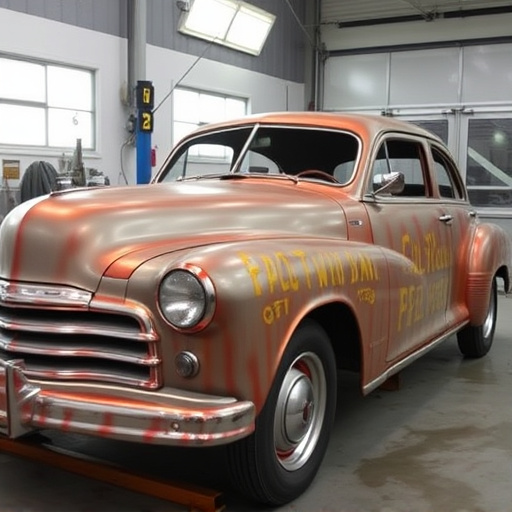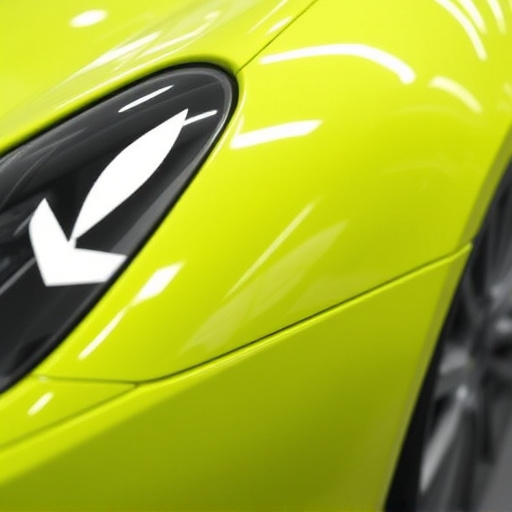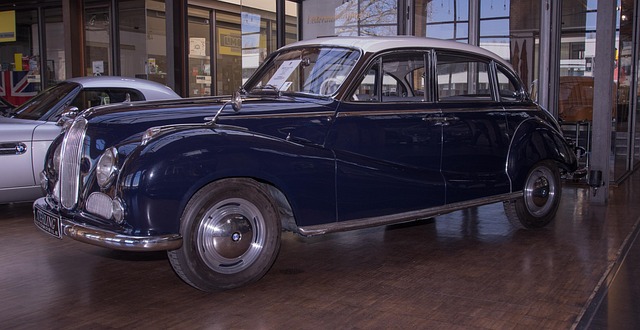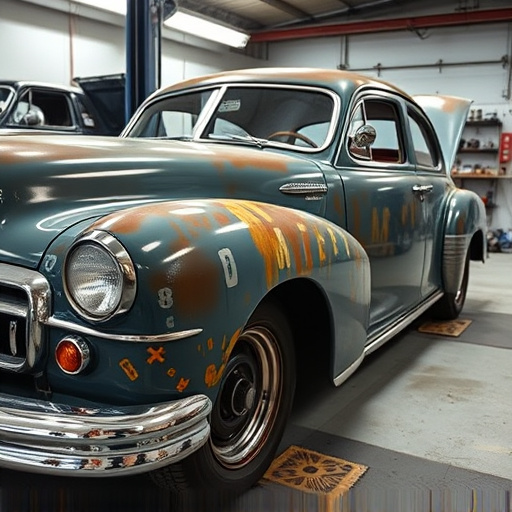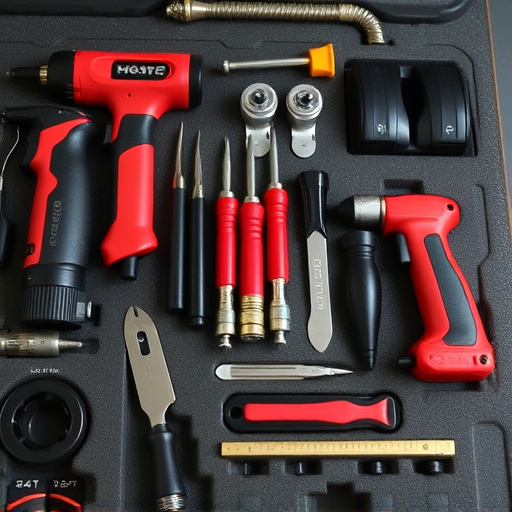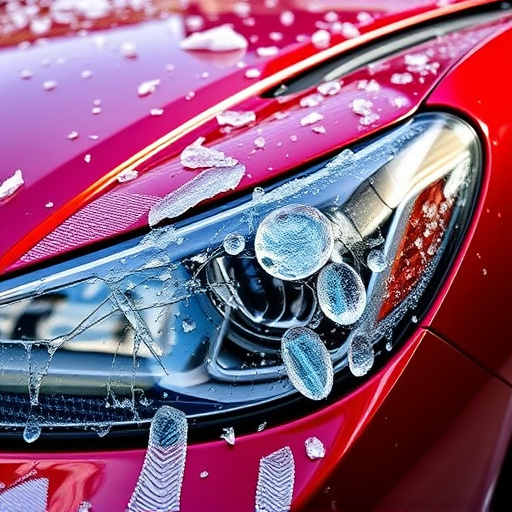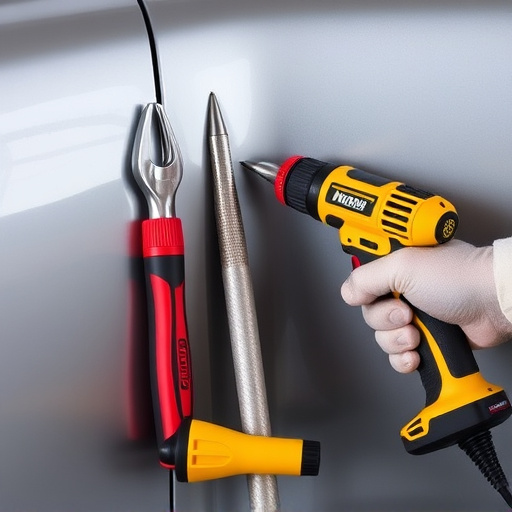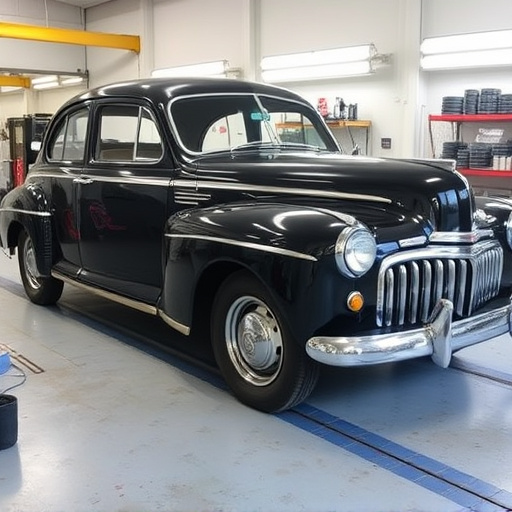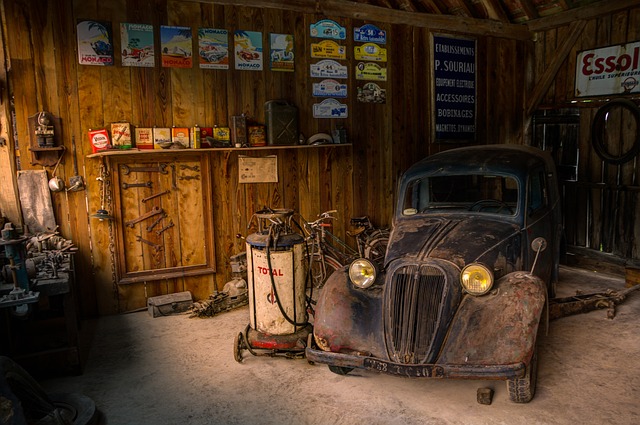Automotive paint types (acrylics, polyurethanes, epoxy) vary in durability, drying times, and color matching, crucial for vehicle body repair & customization. Modern systems use a two-stage process of base coat and clear coat for protection and aesthetics. Factors like intended use, weather, and technological advancements influence paint selection and performance, with precise matching required for high-end repairs like Mercedes Benz.
Unveiling the secrets behind automotive paint types is a fascinating journey into the world of advanced materials science. This article delves into the intricate details of how different paint formulations are crafted, with an emphasis on understanding their chemical compositions and performance dynamics. From glossy finishes to durable protective coats, exploring these paint types offers insights crucial for both industry professionals and enthusiasts curious about the technology driving today’s vehicles’ aesthetic appeal.
- Understanding Automotive Paint Types: An Overview
- The Chemical Composition of Different Paint Formulations
- Factors Influencing the Choice and Performance of Automotive Paints
Understanding Automotive Paint Types: An Overview

Automotive paint types are a crucial aspect of vehicle aesthetics and protection. The market offers a diverse range of paints designed to cater to various needs, from everyday driving to specialized automotive collision repair and vehicle body repair scenarios. Each type has unique properties that influence its performance in different conditions. For instance, some paints are highly durable and resistant to chips and scratches, ideal for rugged off-road vehicles or those exposed to harsh environments. Others prioritize color accuracy and gloss, ensuring a flawless finish for show cars or those undergoing meticulous auto dent repair processes.
Understanding these paint types is essential for both automotive professionals and enthusiasts. In the realm of vehicle body repair, the choice of paint can significantly impact the final result. Different formulations, such as acrylics, polyurethanes, and epoxy-based paints, offer varying levels of adhesion, coverage, and longevity. Acrylics, for example, are popular due to their quick drying time and ability to match a wide range of colors, making them suitable for both repair and customization. In contrast, polyurethanes provide exceptional durability and resistance to UV damage, making them a preferred choice for exterior finishes that demand long-lasting protection against elements like rain, snow, and sunlight.
The Chemical Composition of Different Paint Formulations
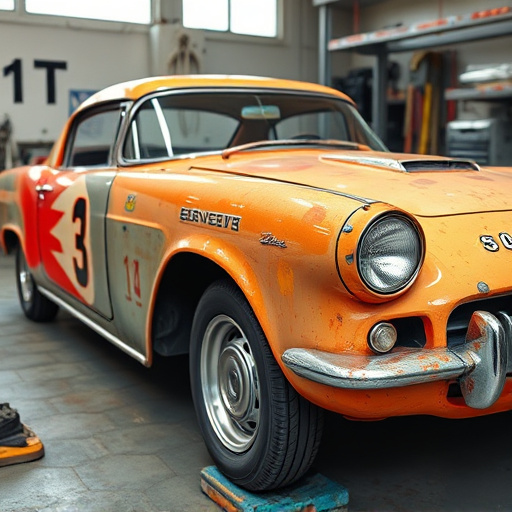
Automotive paint types are a complex blend of chemicals designed to protect and beautify vehicle surfaces. The exact composition varies based on factors like desired finish, durability, and environmental considerations. Two-stage systems, common in modern cars, typically include a base coat and clear coat. The base coat provides color and protection while the clear coat offers UV resistance and gloss. This multi-layered approach ensures superior chip resistance compared to single-coat paints, an aspect crucial for protecting against minor scuffs and scratches, including those that might occur during a car dent repair or auto collision repair process.
Beyond two-stage systems, other automotive paint types exist, each with its own unique formulations. For example, polyurethane paints offer exceptional durability and resistance to fading while epoxy-based coatings are known for their superior hardness and chemical resistance, often employed in specialized applications like military vehicles. When considering vehicle dent repair or any auto collision repair, understanding these chemical compositions is key to ensuring the best possible outcome, as different paint types demand specific repair techniques and materials to maintain aesthetics and longevity.
Factors Influencing the Choice and Performance of Automotive Paints
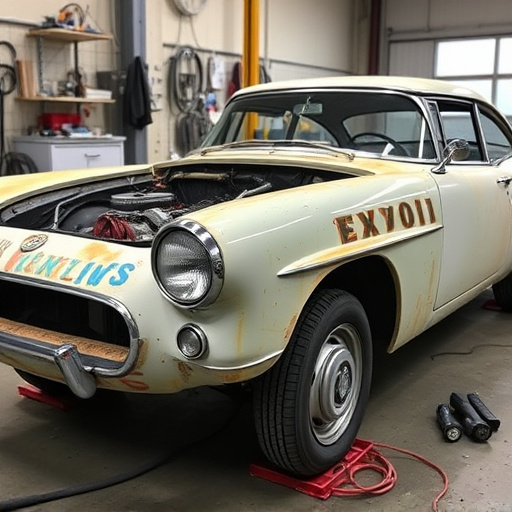
The choice and performance of automotive paints are significantly influenced by various factors. One key consideration is the automotive paint types available, each with unique formulations designed for specific purposes. For instance, base coats provide a smooth surface, while topcoats offer protection against fading, chipping, and environmental damage. The type of paint selected depends on the vehicle’s intended use—from everyday driving to high-performance racing.
Another crucial factor is the car damage repair and maintenance history. Paints used in Mercedes Benz repair or other collision repair services must be able to match the original specifications precisely, ensuring both aesthetic appeal and structural integrity. Weather conditions also play a significant role; paints designed for regions with high UV exposure need to resist fading, while those in colder climates should offer superior durability against chipping and cracking. Additionally, advancements in technology continuously introduce new paint formulations that enhance performance, reduce drying times, and improve overall car aesthetics.
Automotive paint types and their formulations have evolved significantly, offering a range of options for vehicle owners. Understanding the chemical composition and factors influencing these paints is key to making informed choices. By considering the environmental impact, durability, and aesthetic preferences, car enthusiasts can select the ideal automotive paint type to enhance their vehicles’ appearance and protection. This knowledge ensures that the choice goes beyond aesthetics, contributing to the overall performance and longevity of a vehicle’s finish.
